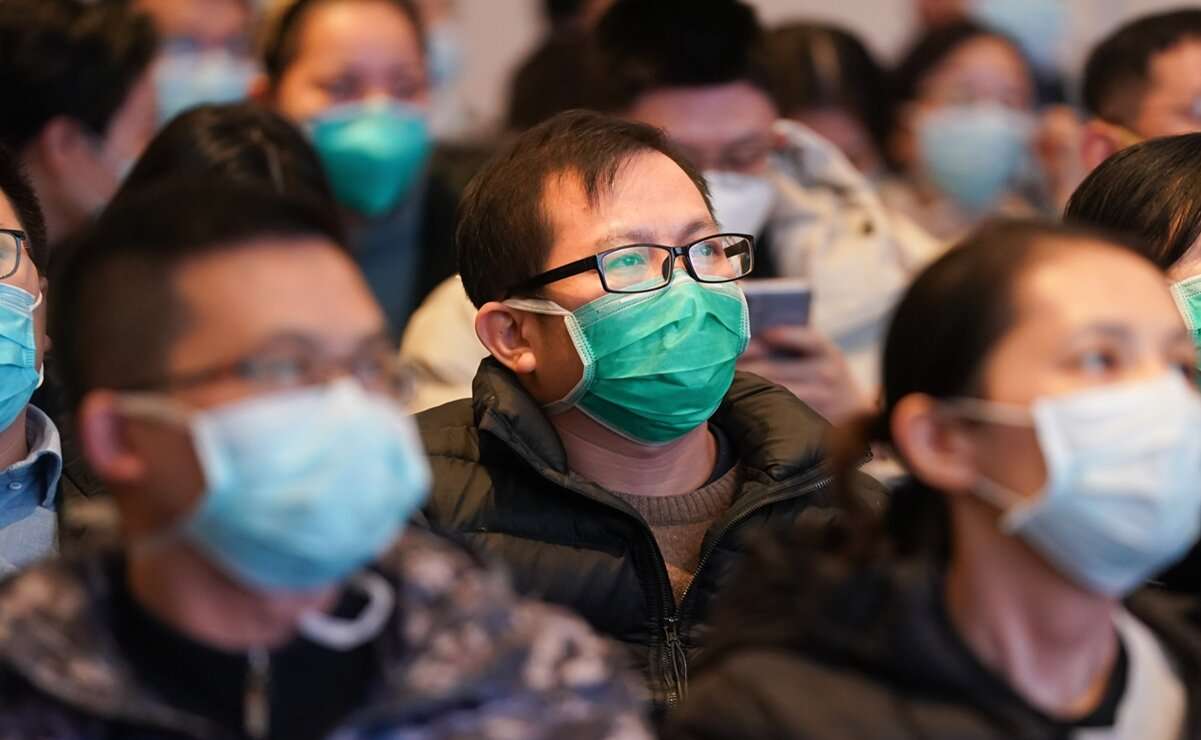New York City will set up checkpoints at bridges and tunnels to enforce a quarantine on travelers from 35 states on a list of coronavirus hot spots.
New York Mayor Bill de Blasio said Wednesday in a news briefing that the city will erect the checkpoints at key entry points to ensure that travelers from 35 other U.S. states will comply with New York’s 14-day quarantine mandate.
De Blasio added that travelers coming in from those states will be given information about the quarantine and will be reminded that it is required, not optional. Fines for not observing the quarantine order could be as high as $10,000.
The measure underscores the determination in what was once the pandemic’s epicenter to prevent a resurgence of COVID-19 infections. Cases are down 5% nationally but soared last week in Oklahoma, Montana, Missouri, and 17 other states.
Dr. Ted Long, who oversees the city’s contact tracing program, revealed that a fifth of all new cases in New York City are from out-of-state travelers.
"Teams will be deployed at Penn Station in Midtown Manhattan on Thursday to ensure travelers stop to complete a travel form,” Long added.
New York City reported more than 800 deaths in a single day at one point during the pandemic.
[caption id="" align="alignnone" width="1320"] New York City to set up coronavirus checkpoints[/caption]
New York City to set up coronavirus checkpoints[/caption]
It is worth mentioning that the novel coronavirus was first reported in Wuhan, China. It has infected more than one million people and continues to spread across the world. Over 18 million confirmed cases in 188 countries. Nearly 700,000 people have lost their lives.
Cases of the disease are continuing to surge in many countries, while others that had apparent success in suppressing initial outbreaks are now seeing infections rise again.
The World Health Organization’s (WHO) special envoy David Nabarro told BBC that the virus is capable of “surging back really quickly” and is “returning all the time”.
The virus is a new member of the Coronaviruses group, which was never identified in humans. The viruses’ family also includes Middle East Respiratory Syndrome (MERS-CoV) and Severe Acute Respiratory Syndrome (SARS-CoV), which cause illness ranging from the common cold to more severe diseases.
Coronaviruses are zoonotic, meaning they are transmitted between animals and people. Humans and animals such as mammals and birds can be affected by the disease.
The name coronavirus is derived from the Latin corona, meaning “crown” or “halo”.
On February 11, WHO announced the official name for the disease caused by the new coronavirus is Covid-19, taken from the words “corona”, “virus”, and “disease”.

In December 2019, an outbreak was reported in Wuhan, China. On 31 December 2019, the outbreak was traced to a novel strain of coronavirus, which was given the interim name 2019-nCoV by the World Health Organization (WHO), it was later renamed SARS-CoV-2 by the International Committee on Taxonomy of Viruses.
On March 11, the WHO declared coronavirus a global pandemic as the novel virus has rapidly spread to more than 800,000 people from Asia to the Middle East, Europe, and the United States.
Transmission of viruses between humans happens when someone comes into contact with an infected person’s secretions, such as droplets in a cough.
Coronavirus can also be transmitted by coming into contact with something an infected person has touched and then touching your mouth, nose, or eyes.
It is known that older people appear to be more vulnerable to the effects of the emerging virus.
The virus caused complete paralysis in all activities and events with large gatherings worldwide due to concerns over the spread of the virus.
People across the globe partake in self-isolation for 14 days as an effective precautionary measure to protect those around them and themselves from contracting COVID-19.












